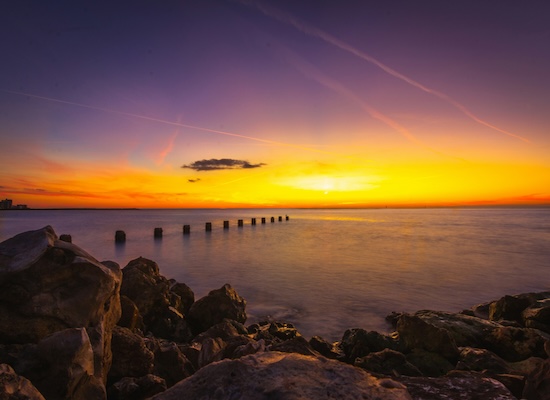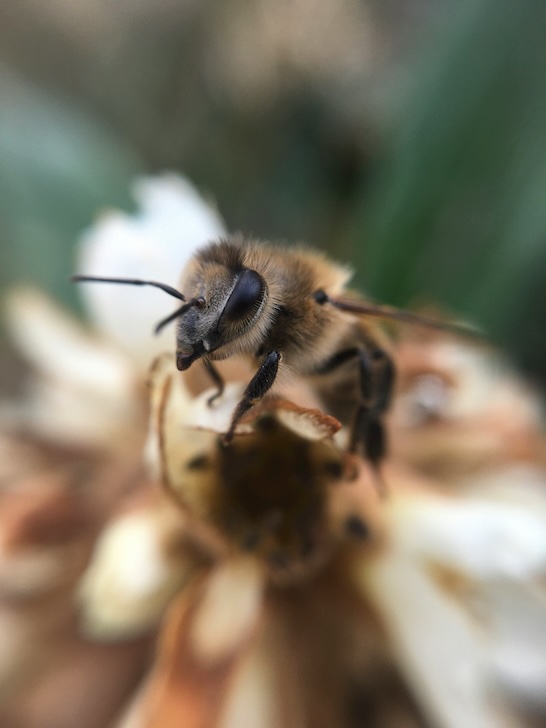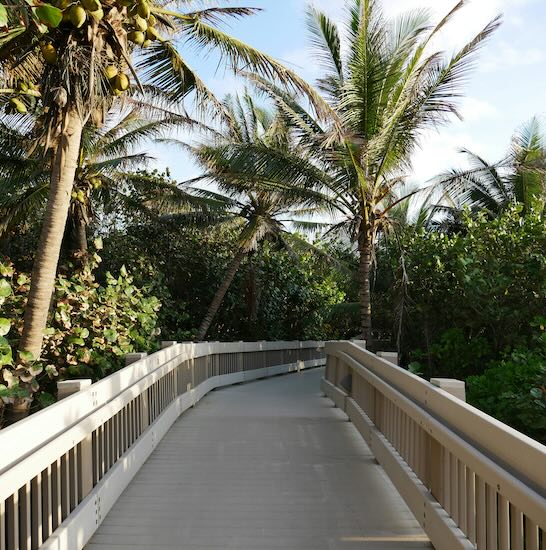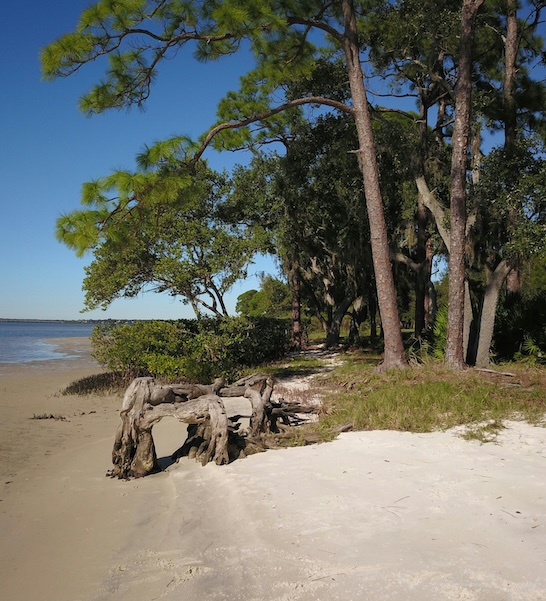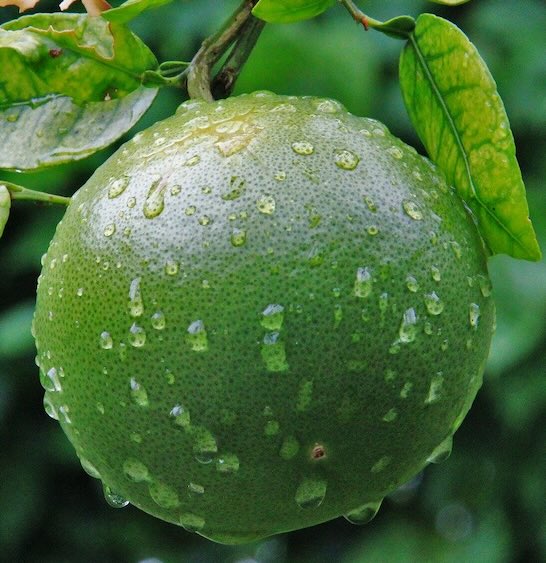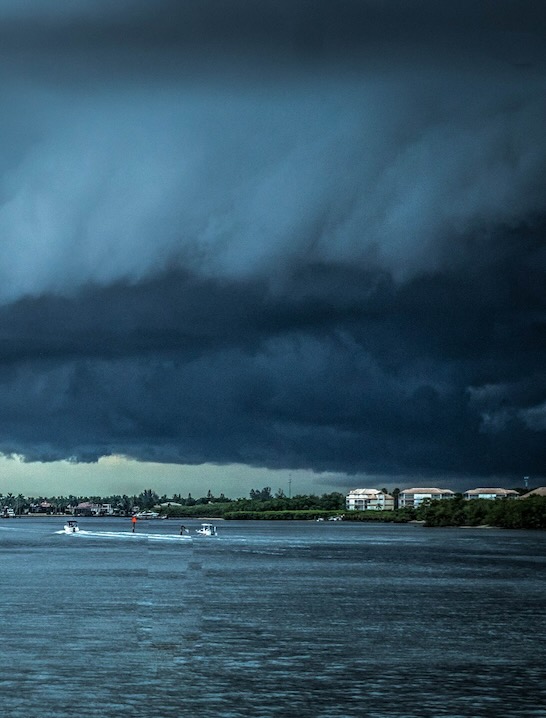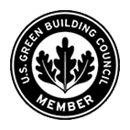The most direct interaction with nature comes in the form of one-to-one encounters with living creatures, and this month we highlight chances to get up close and personal with bees on a rooftop. The simple act of seeing living creatures in close proximity is often enough to encourage a major shift in attitudes toward conservation. Speaking of conservation, we highlight two stories which show how the simple act of planting things can have a huge impact on our lived environment. In Boca Raton, a decades long commitment to planting and looking after trees has been rewarded once again while analysis has shown that living shorelines – plant life designed to protect coastal areas – cope even better than expected with the impact of hurricanes.
The story on the proven effectiveness of living shoreline sea defenses ties in neatly with a celebration of the work of ecologist Tom Ries, who has spent many years creating more than 50 such shorelines in the Tampa Bay region. On a personal level, we are pleased to point you in the direction of an article looking at the role automated irrigation can play in making life easier for farmers in Florida, while the creation of a Florida Flood Hub at the USF College of Marine Science in St. Petersburg is a major step toward understanding exactly how resilient the infrastructure and landscape in Florida is in the face of the threat of floods. Finally, as a counterpoint to the positivity, we look at a study of the coral reefs around Florida, and a stark warning of the damage which rising sea temperatures can cause.

